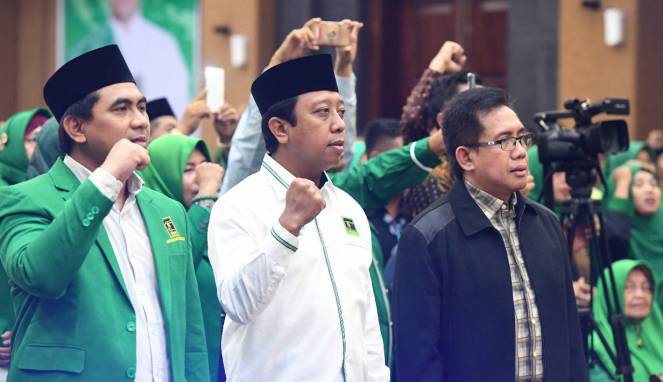Spain
failed on Monday
To achieve the required consensus for elevating Catalan, Galician, and Basque to official languages within the European Union, various member states expressed reservations about the potential administrative and legal challenges posed by this uncharted development.
A key objection to the proposal is that it might establish a precedent, prompting comparable requests from nations with lesser-spoken tongues.
Across Europe, approximately 40 to 50 million individuals speak roughly 60 different languages.
regional and minority languages.
Nevertheless, just a few nations acknowledge these languages as co-official, permitting their use alongside the predominant language in governmental, administrative, and public facilities.
Spain
In Spain, Basque, Catalan, and Galician receive robust legal safeguards within their corresponding autonomous regions and are extensively utilized in education, governance, and media.
Approximately 7.5 million people speak Catalan, mainly in Catalonia, making it one of the most extensively used minority languages in Europe.
It is likewise spoken, though to a smaller degree, in certain areas of France and Italy.
Approximately 1 million individuals converse in Basque across the areas of the Basque Country and Navarra. This language also counts some speakers within the French Basque region, though it isn’t officially recognized there. Meanwhile, about 2 million people communicate using Galician.
The Netherlands
Although Dutch is the official language of the country, the northern province of Friesland has Frisian as its recognized second official tongue.
Frisian includes three main dialects found in the Netherlands and Germany: West Frisian, East Frisian, and North Frisian. Of these, North Frisian is the most widely used, with estimates suggesting it is spoken by between 4,000 and 10,000 individuals.
Nevertheless, the German government does not formally acknowledge Frisian as an official administrative language.
Portugal
Portugal additionally recognizes a regional co-official language known as Mirandese.
In the area around Miranda do Douro, this language is officially recognized by the Portuguese government as one of the two official languages of Portugal.
According to a 2020 study conducted by the University of Vigo, approximately 3,500 individuals were reported to be familiar with the language, whereas roughly 1,500 were found to use it regularly.
Finland
Around 2,000 individuals in the most northerly parts of Finland have Sámi as their first language. These speakers include those who use Northern Sámi, Inari Sámi, and Skolt Sámi languages.
The Sámi language is also used in Sweden, with estimates indicating that approximately 7,000 to 9,000 individuals employ some version of this tongue. However, official statistics do not appear in population records.
The indigenous parliaments in Sweden, Finland, and Norway have expressed worries over the critical condition of various Sámi languages such as Pite Sámi and Ume Sámi, which both have less than 50 speakers remaining.
Italy
French, German, Ladin, Slovene, and Catalan are additionally recognized as co-official alongside Italian in specific regions or municipalities within Italy.
Numerous languages are more commonly used abroad. French, German, and Slovene serve as primary tongues within their own nations, whereas Catalan sees most of its usage primarily in Spain.
Ladin is predominantly spoken in the Dolomite region of northern Italy, specifically within the provinces of South Tyrol, Trentino, and Belluno, where the Ladin community resides.




